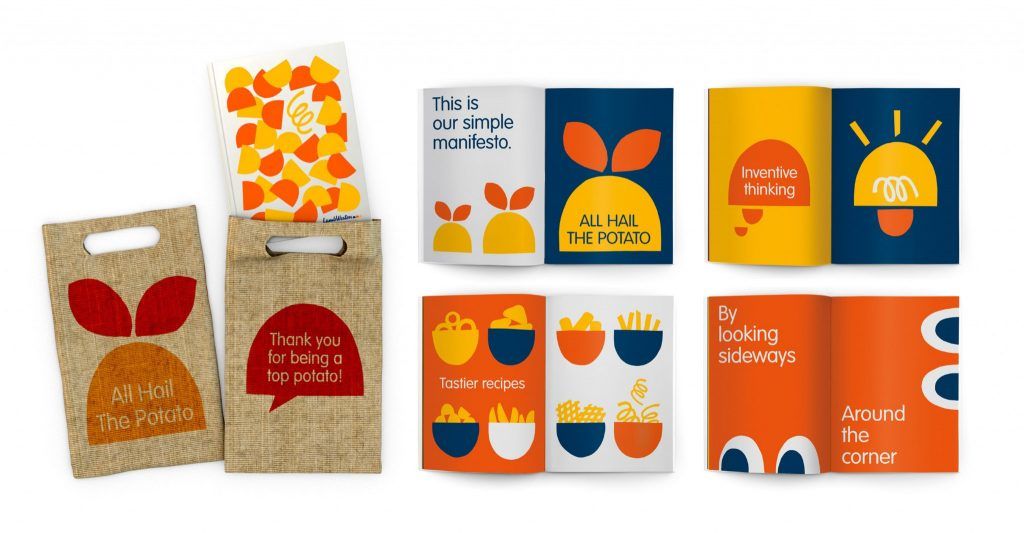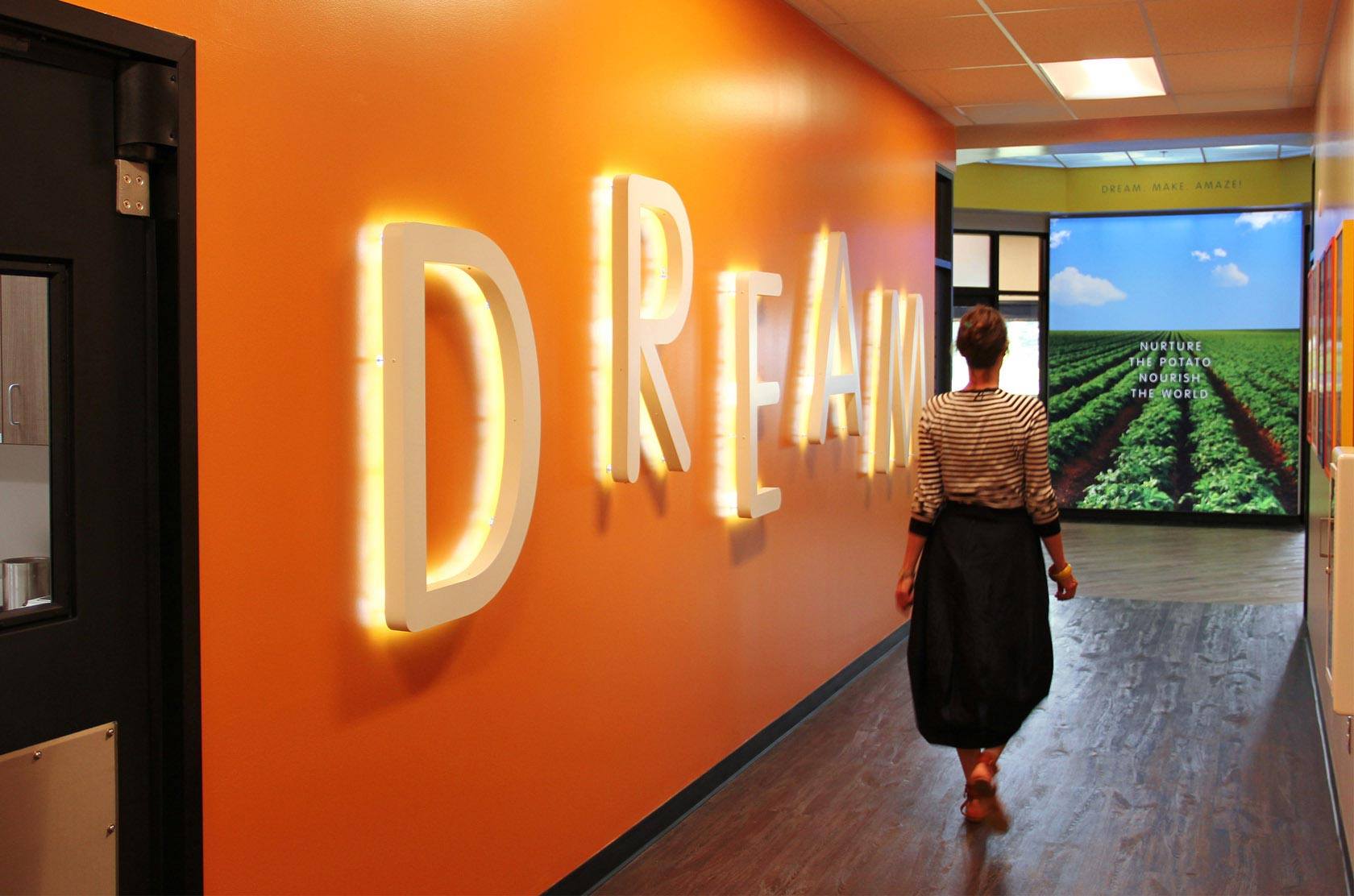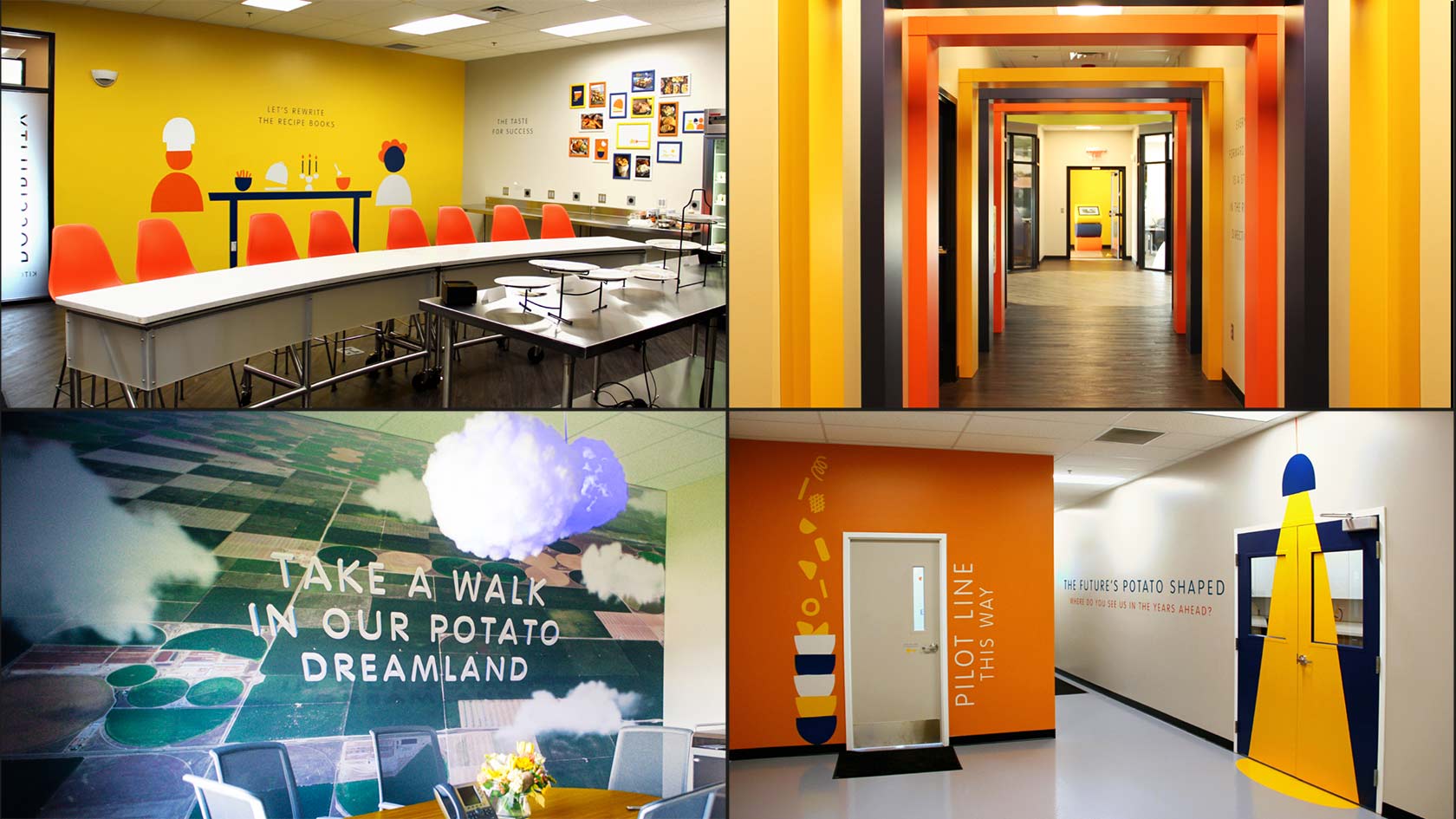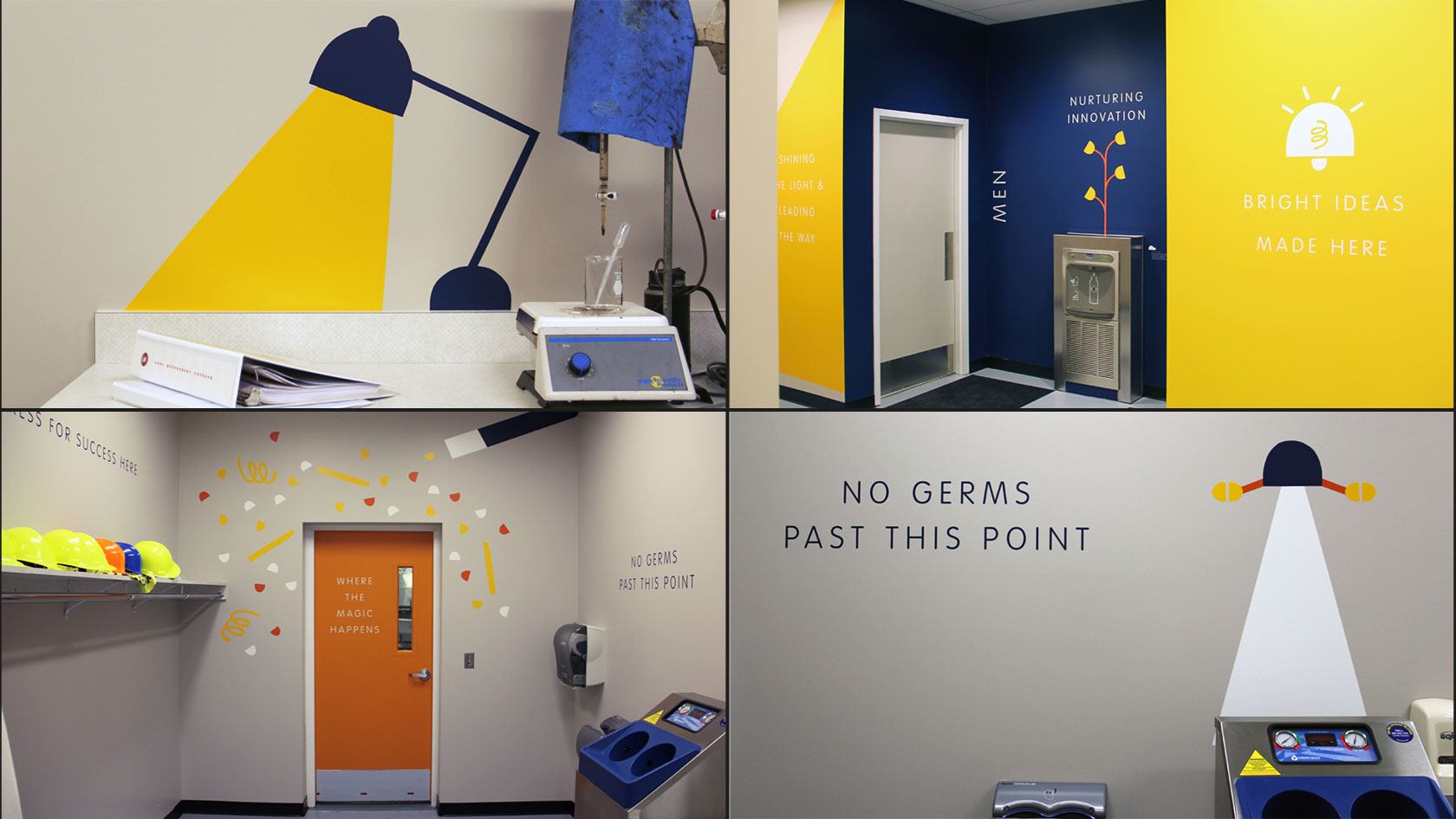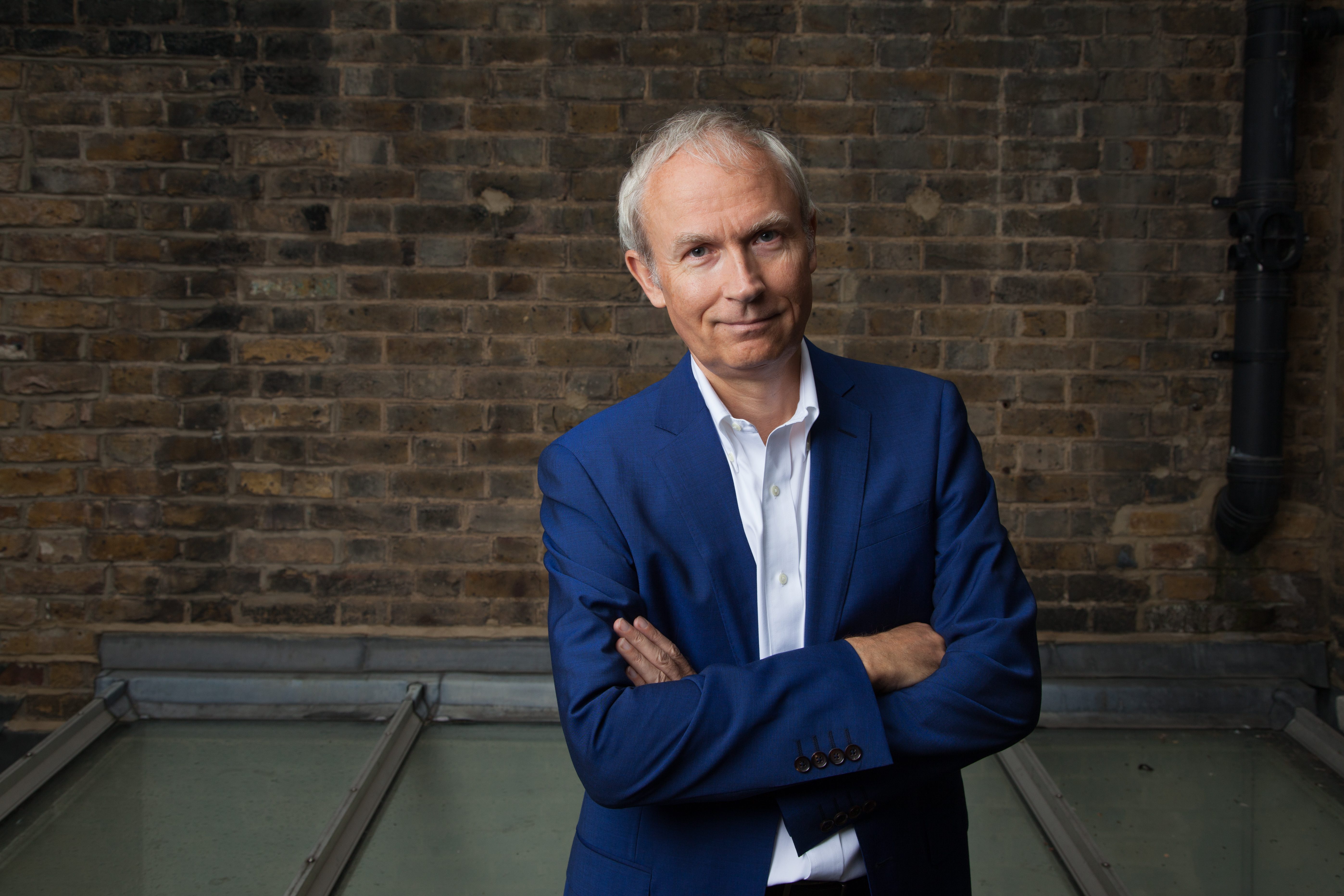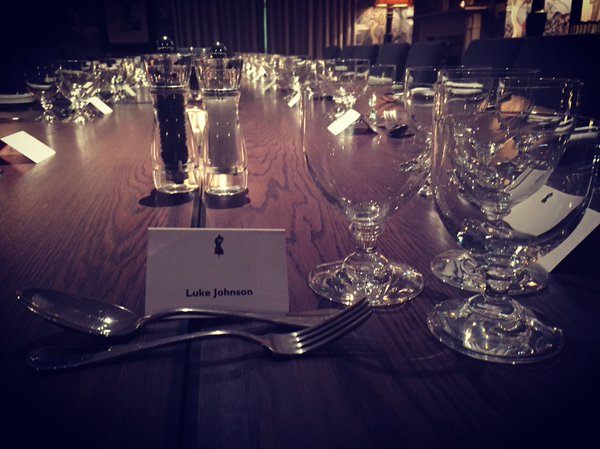Since the Mayor of London declared a state of emergency on 9th Jan, Zone 1 Londoners have been living in “28 Days Later”. The centre of London has turned into a ghost town.
The latest UK lockdown closed everything apart from the essentials and the government’s strong advice to stay indoors continues. But of course, people still need to get out. The result of this need is that we are once again promenading like we did in the 18th and 19th centuries, packing out suburban parks and other local open spaces in huge numbers, leaving Central London rather sad and empty.
The burbs are back
This reinvigoration of open and green space is also affecting where we want to live. The PropCast of The Advisory is a weather report that shows levels of ‘buyer demand’ in UK housing markets. Their latest forecast shows Central London as cold as the Arctic, whilst property demand in the suburbs and further out is not only rising in the UK but in other European countries too.
The lockdown will eventually ease and vaccines will reboot (some) of our old lives. But how likely are we to return to our love of the dense and smoggy inner city now we’ve had a taste of what’s on the other side of the hill?
In order to bring back residents, workers and visitors, local authorities and property developers will need to reinvent central areas into remarkable destinations. A strong brand will both increase the value of property assets and support the tenants and retailers within. Too many destinations however currently rely on cliché messages that do not reflect the authentic personality of a place.
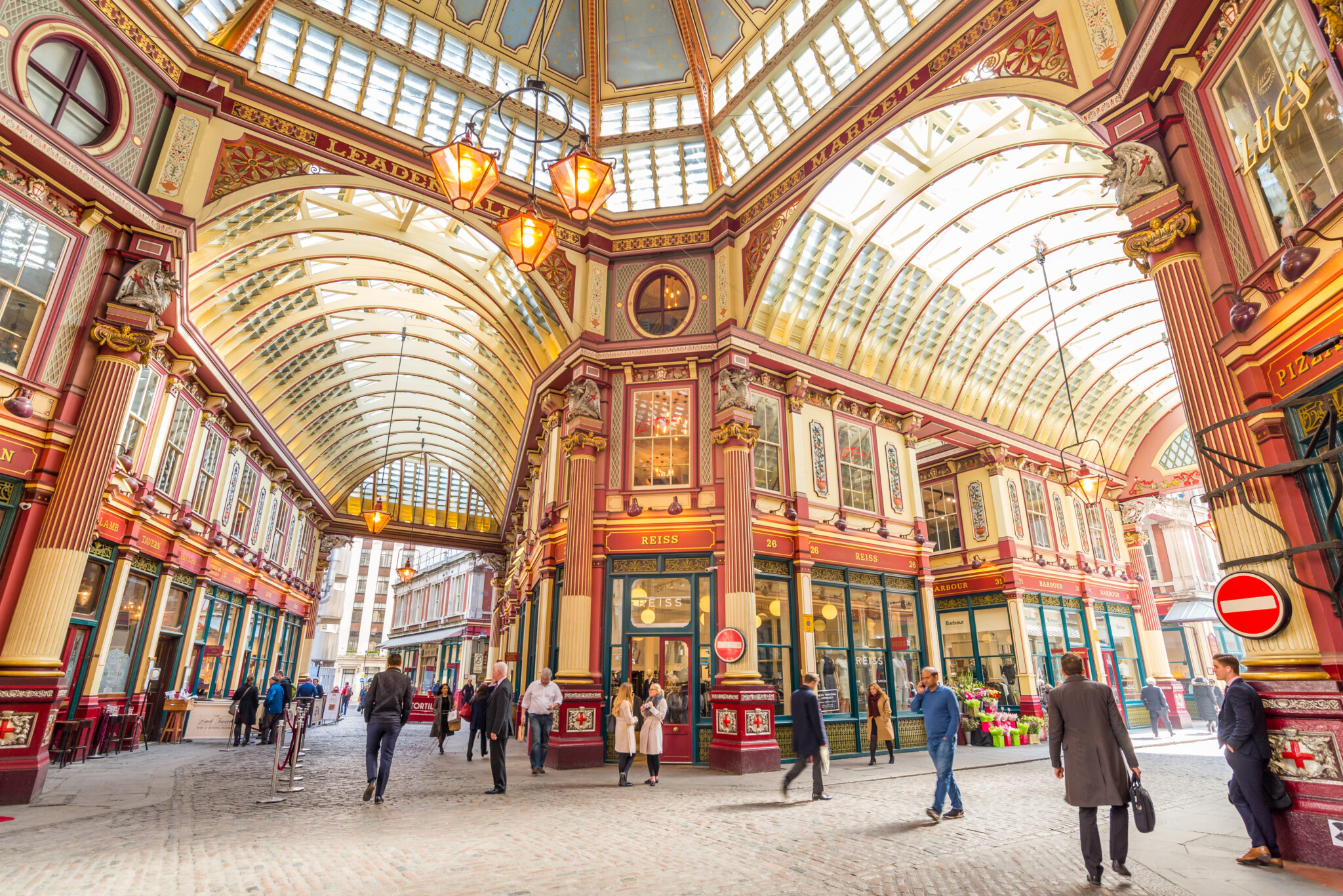 A sense of place
A sense of place
Look at The City for example, London’s financial heart, where currently the only activity is the hustle and bustle of hard hats and high-viz jackets. New glossy towers of glass and concrete are still going up. This nonstop global development ready for the arrival of ubiquitous shops, restaurants and buildings leaves less and less distinction between London, Frankfurt or New York.
Leadenhall Market in the City by contrast offers origin and heritage – when you visit you know precisely where you are in the world. In the City’s maze of narrow passageways, Leadenhall Market opens up as an oasis. This unique feature could be more prominently used as a vehicle for visitor attraction.
Focus on what matters
There are areas of focus, which may seem obvious but combining and applying them in a meaningful way is less so.
1. Digital
Online will very soon be our primary shopping channel, with in-store purchases becoming a secondary consideration. Retail destinations will never be able to compete with the endless product selection and always-on nature of online shopping. But how technology is used to deepen relationships with people before and after a visit is something that Local Councils and property developers should be considering now.
2. Experience
Often developers will focus marketing efforts on the launch of a destination, forgetting that any space needs to continuously evolve and surprise visitors. Innovative destinations are already incorporating elements that regularly reframe what each place and space is about. In its simplest form this could mean keeping 10% of your retail space open for short-term experiential elements, such as concerts, classes or even pop-ups that provide a level of entertainment that cannot be successfully replicated online.
3. Sustainability
Consumers are beginning to demand true sustainability from their favourite places. This means that treating sustainability as a part of CSR is no longer enough. The Nordic Citycon shopping centres have as their motto: “We believe that operating sustainably is a key cornerstone in creating long-term value”. They apply this principle to the way their destinations connect to public transport, how they approach the community and their commitment to continuous improvements on CO2 emissions, energy use and waste in all of their operations.
Think differently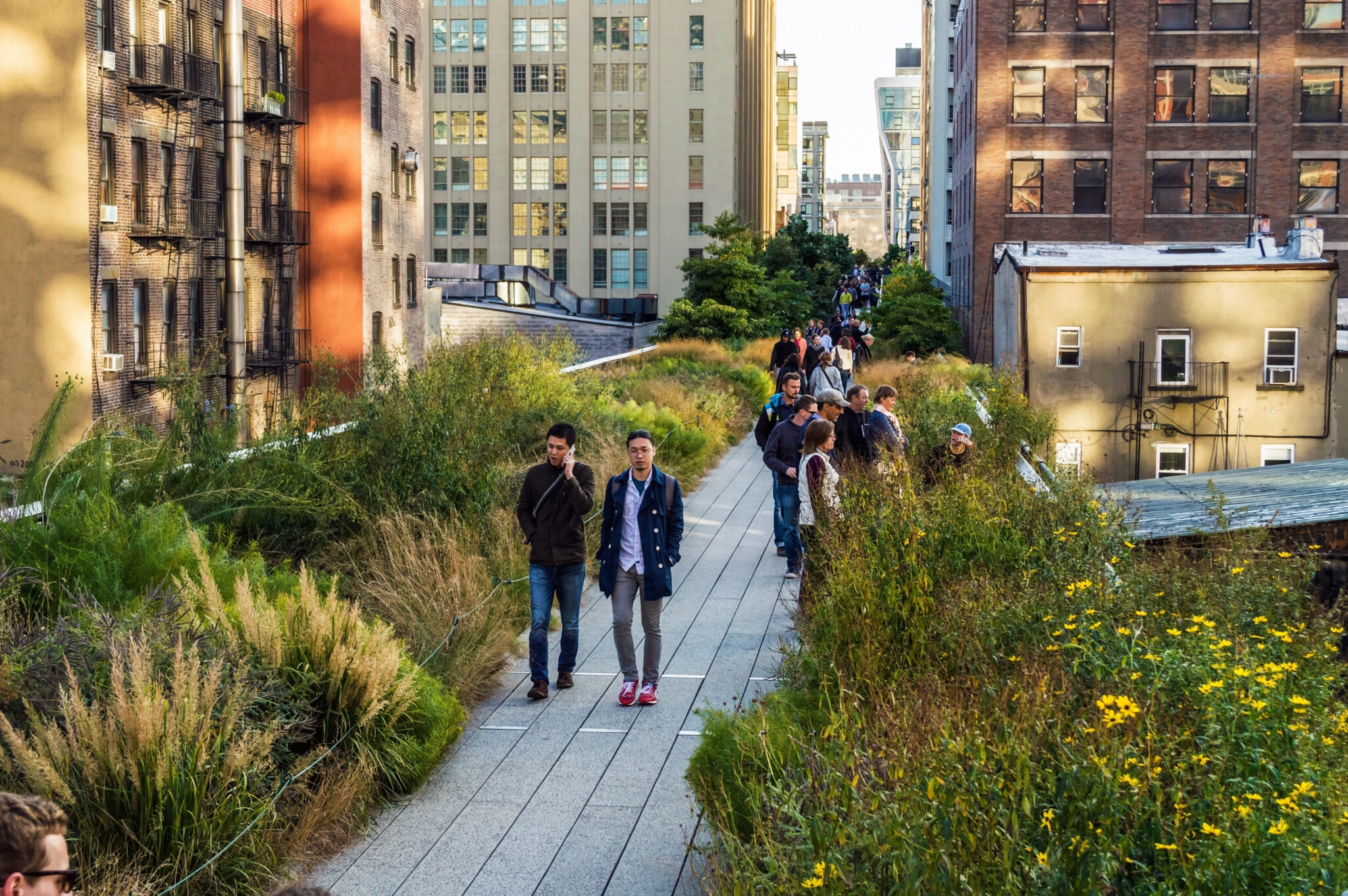
Our cities have undergone dramatic changes before of course. It wasn’t a virus but racism that drove the White Flight of the sixties, the mass exodus of white people from areas becoming more racially diverse. Although this phenomenon was most apparent in the States, it happened across Europe too. While many businesses stayed, it wasn’t uncommon to find entire downtowns with little street life after 5:00pm. The new Millennium then saw a return of downtown population growth. It was innovative thinking that created New York’s High Line, Paris’ Velib bike scheme and London’s Silicon Roundabout all of which have helped to completely reinvent each city centre. With the mass roll out of vaccines, hope is on the horizon. Now is the time for reconceptualisation. It’s creative vision that will once again repopulate our ghost towns.
Author: Wybe Magermans
Originally published in Marketing Communications News



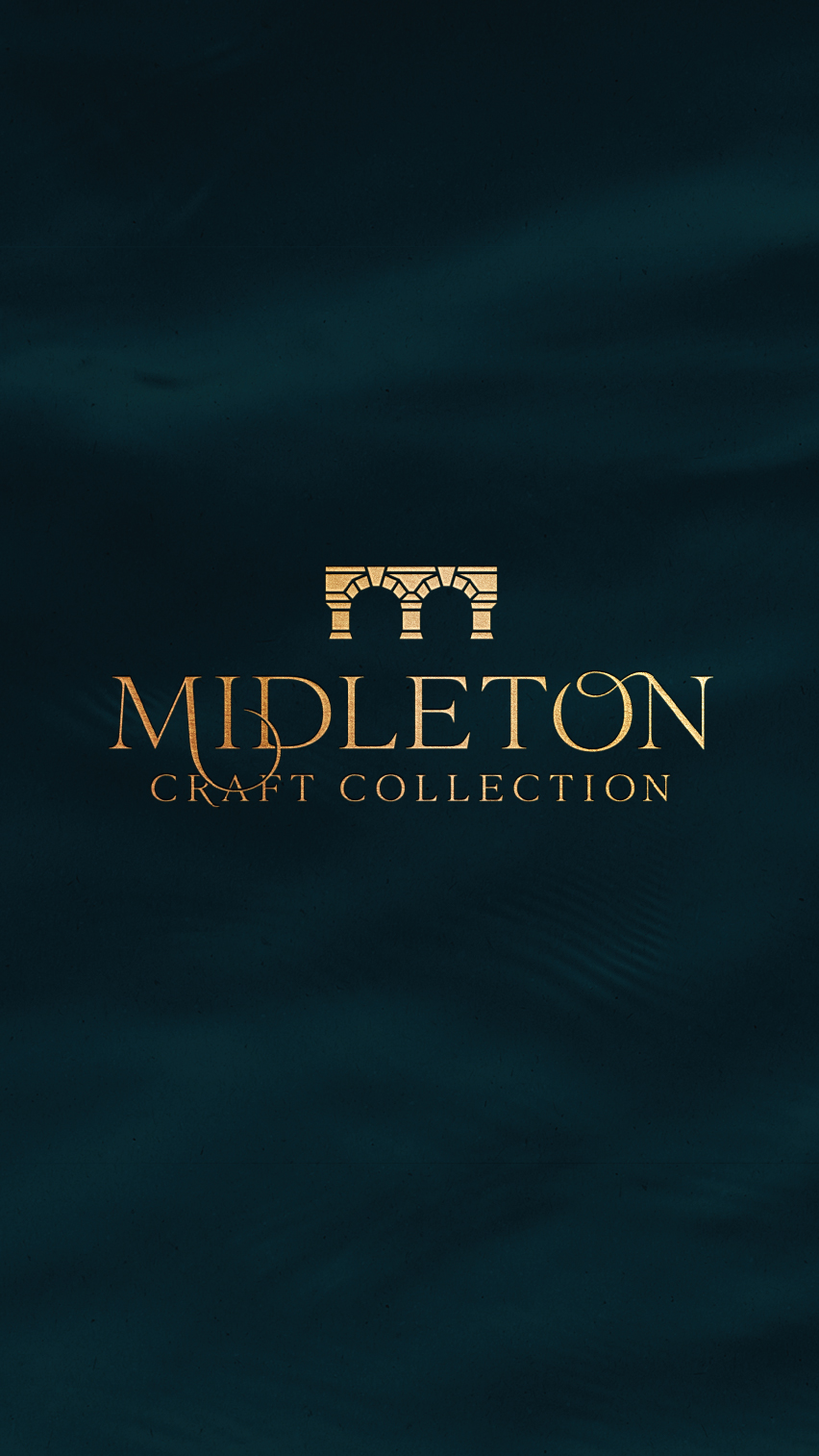 Irish Distillers, a Pernod Ricard-owned company, has been leading the renaissance of Irish whiskey, with Jameson claiming its spot in the top 10 global spirits brands in 2019. Irish whiskey is projected to grow ahead of the total whisk(e)y category, and Irish Distillers wants to continue to lead this next phase in the Irish whiskey journey: premiumisation. Their portfolio of brands produced at Midleton Distillery provides an array of premium, super premium and ultra-luxury whiskey offerings, each targeting different consumers, price points and taste profiles.
Irish Distillers, a Pernod Ricard-owned company, has been leading the renaissance of Irish whiskey, with Jameson claiming its spot in the top 10 global spirits brands in 2019. Irish whiskey is projected to grow ahead of the total whisk(e)y category, and Irish Distillers wants to continue to lead this next phase in the Irish whiskey journey: premiumisation. Their portfolio of brands produced at Midleton Distillery provides an array of premium, super premium and ultra-luxury whiskey offerings, each targeting different consumers, price points and taste profiles.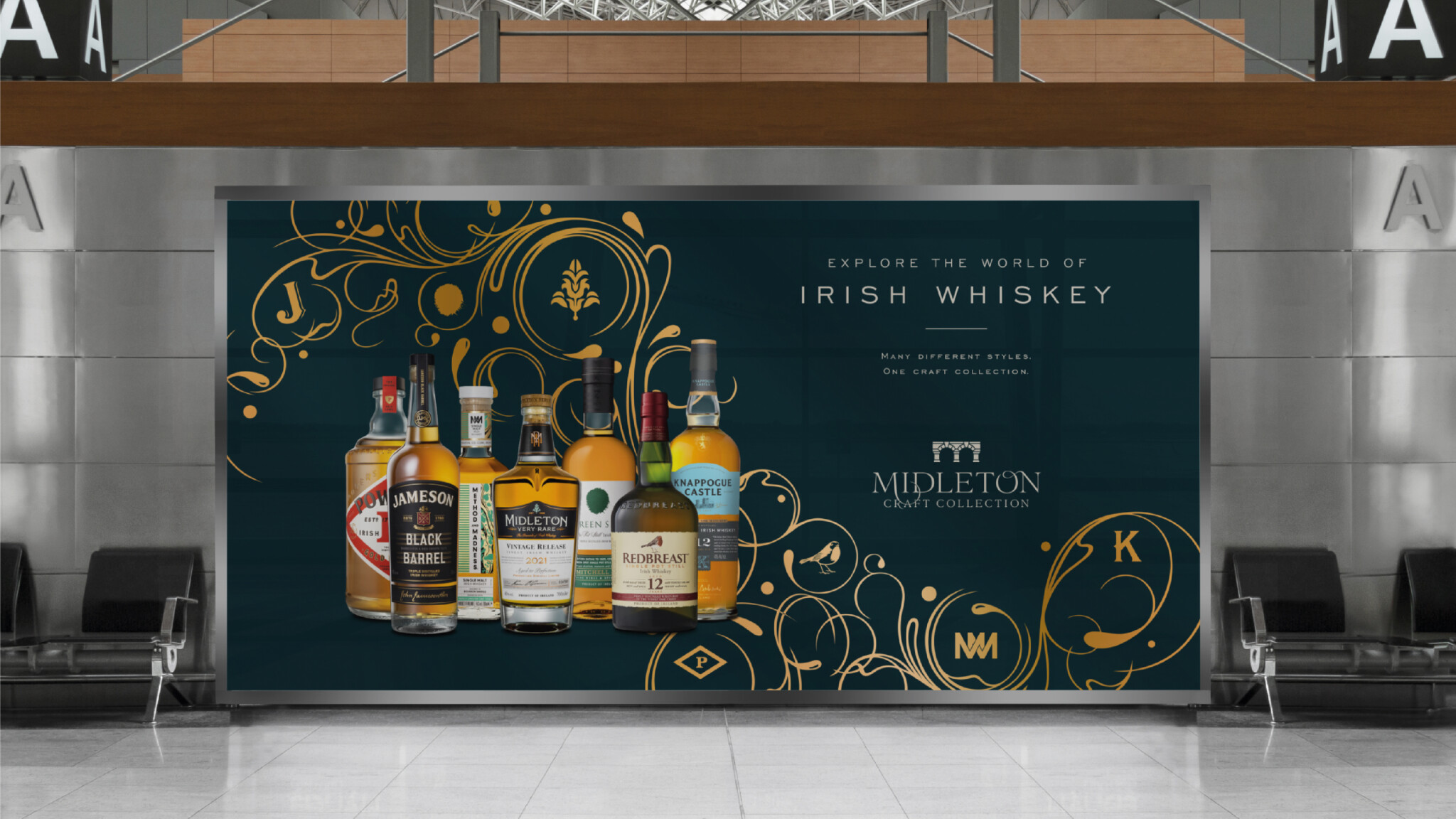
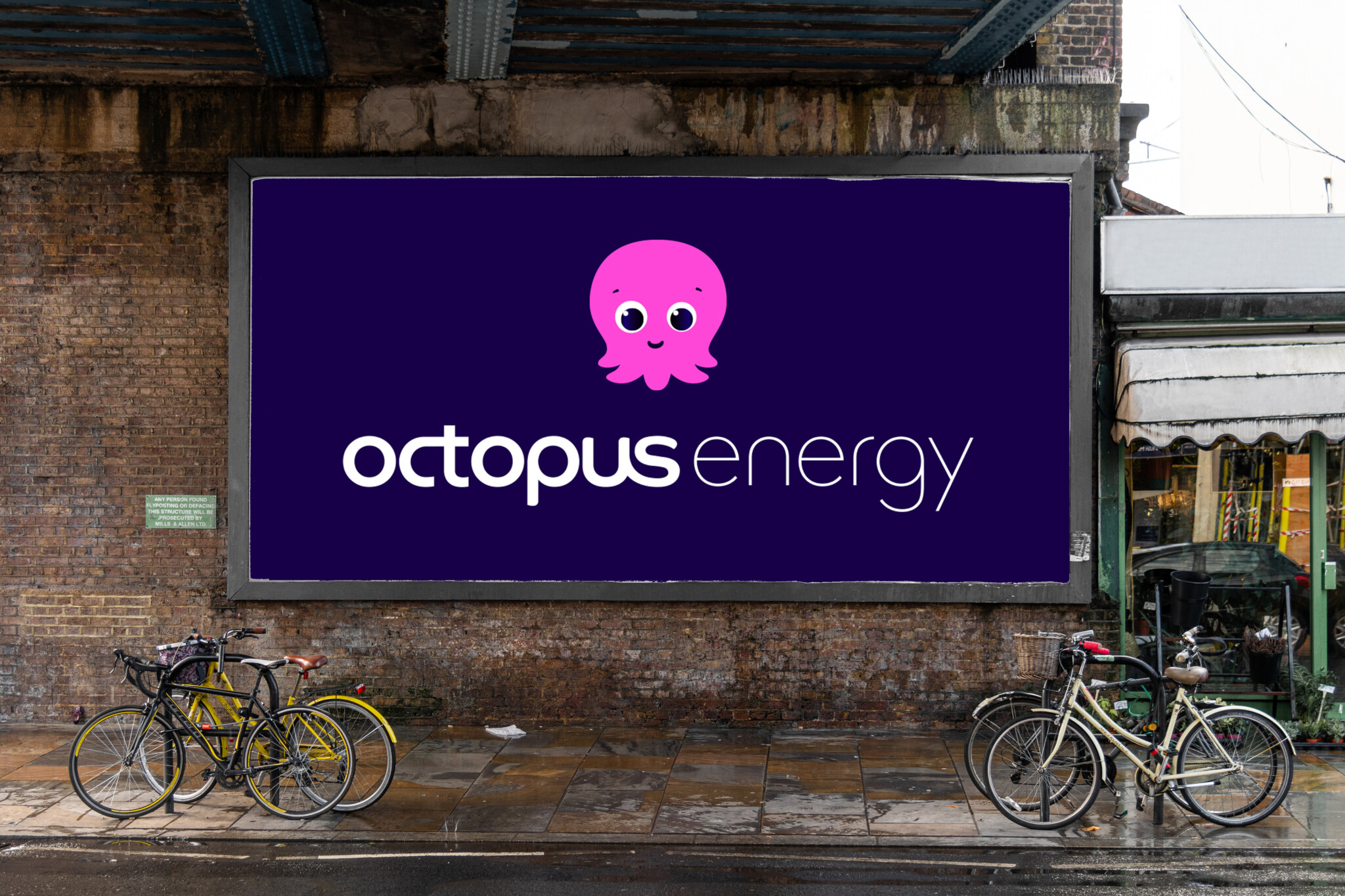

 A sense of place
A sense of place
